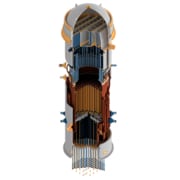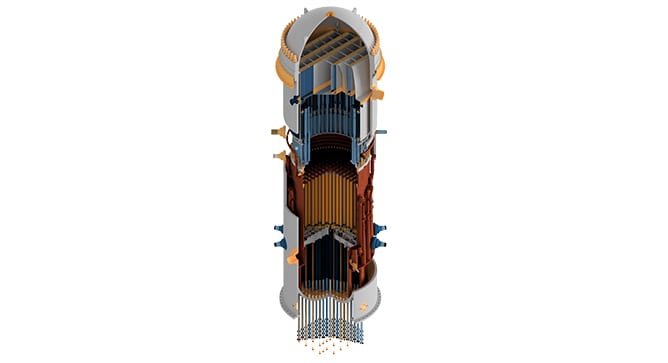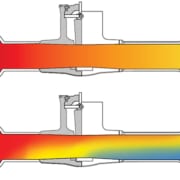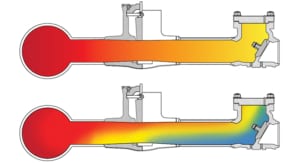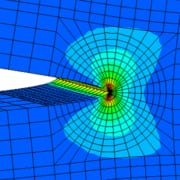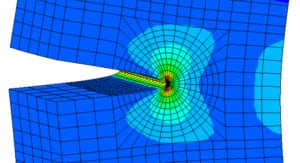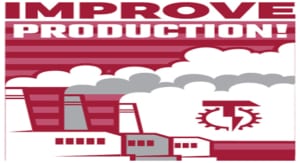Structural Integrity Associates Appoints Anthony (Tony) W. Robinson as Senior Vice President and Chief Nuclear Officer
Structural Integrity Associate, Inc. (SI) is pleased to announce that Anthony (Tony) W. Robinson will be joining Structural Integrity as the Senior Vice President and Chief Nuclear Officer, effective January 4, 2021. Tony spent more than 25 years (collectively) at Framatome (formerly AREVA, Inc. and predecessor companies), and most recently was the Senior Vice President of Products and Engineering. He previously held roles of Senior Vice President Customer Accounts & Government Affairs, Vice President New Builds North America, and Vice President New Builds Business Development. Additionally, he was the Vice President US Nuclear Services for BWXT from 2013 – 2016.
“With nearly 30 years of progressive executive leadership in diverse areas of nuclear energy, Tony brings a wealth of industry knowledge and experience, and we are very excited to have him join the SI Team, commented Mark Marano, SI CEO. “I have had the opportunity to work with Tony in the past and his collaborative leadership skills along with his ability to work closely with both customers and partners to ensure lasting and mutually beneficial relationships meet our preferred partnership objectives”.
Tony holds a Bachelor of Science in Mechanical Engineering from the University of Akron, attended the Executive MBA program at Kent State University, and is a licensed Professional Engineer (PE) in the state of Ohio.
Structural Integrity Associates, Inc. is an employee owned specialty engineering and services company providing structural integrity assessment insights and services to achieve asset management excellence across multiple industries including Nuclear, Fossil, Oil & Gas, and critical infrastructure.



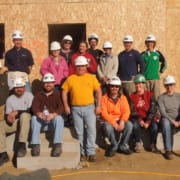
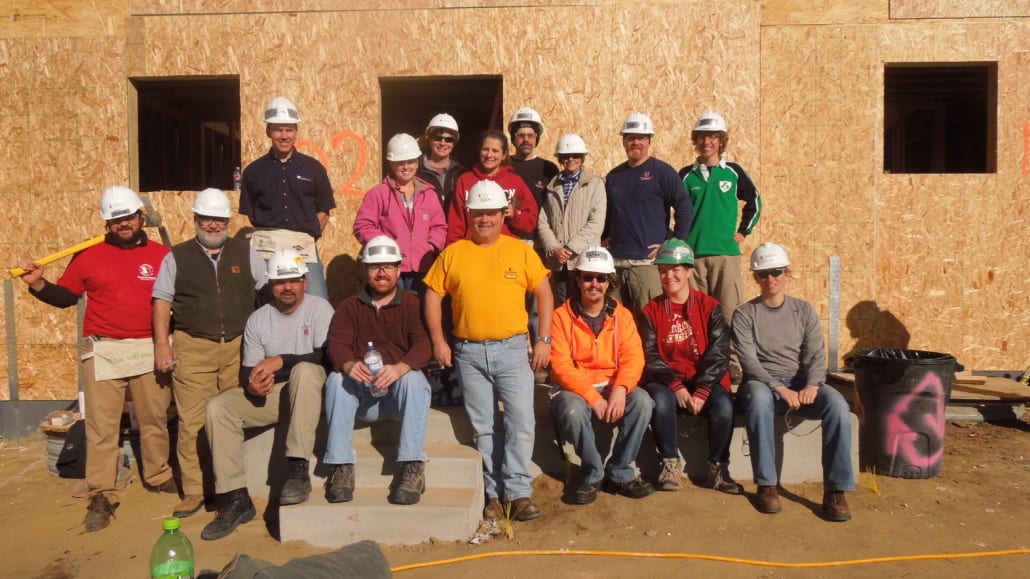 This past Holiday Season, the Charlotte office of Structural Integrity collected donations for Angels and Sparrows Soup Kitchen, whose mission is to fight hunger in Huntersville and the surrounding area.
This past Holiday Season, the Charlotte office of Structural Integrity collected donations for Angels and Sparrows Soup Kitchen, whose mission is to fight hunger in Huntersville and the surrounding area.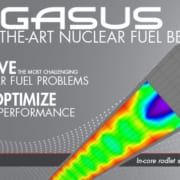
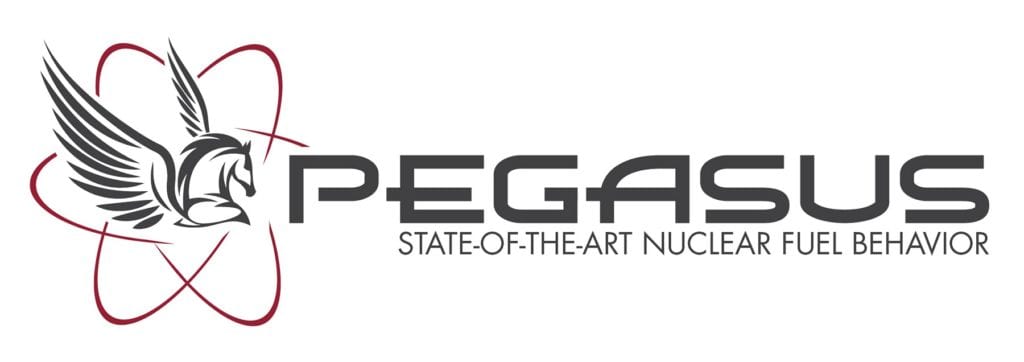
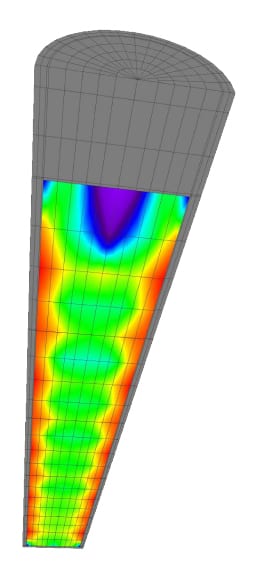 On October 28th, the Structural Integrity (SI) Nuclear Fuel Technology Team achieved a major milestone in completing the first Verification & Validation phase in the development of its nuclear fuel performance and behavior code Pegasus©. “This is a significant step by the SI Team” commented Vick Nazareth, SI Fuel Director. “We have been developing Pegasus© since 2017 to incorporate cutting edge computational technology and four decades of fuel behavior modeling and analysis expertise into a software program”. The code addresses a need for deeper fuel integrity insights within the nuclear industry to achieve next level fuel performance and licensing. Dr. Joe Rashid, Scientist and Senior Technology Developer of the code added “this code will analyze fuel behavior through the entire fuel cycle from initial startup to used-fuel storage”.
On October 28th, the Structural Integrity (SI) Nuclear Fuel Technology Team achieved a major milestone in completing the first Verification & Validation phase in the development of its nuclear fuel performance and behavior code Pegasus©. “This is a significant step by the SI Team” commented Vick Nazareth, SI Fuel Director. “We have been developing Pegasus© since 2017 to incorporate cutting edge computational technology and four decades of fuel behavior modeling and analysis expertise into a software program”. The code addresses a need for deeper fuel integrity insights within the nuclear industry to achieve next level fuel performance and licensing. Dr. Joe Rashid, Scientist and Senior Technology Developer of the code added “this code will analyze fuel behavior through the entire fuel cycle from initial startup to used-fuel storage”.

